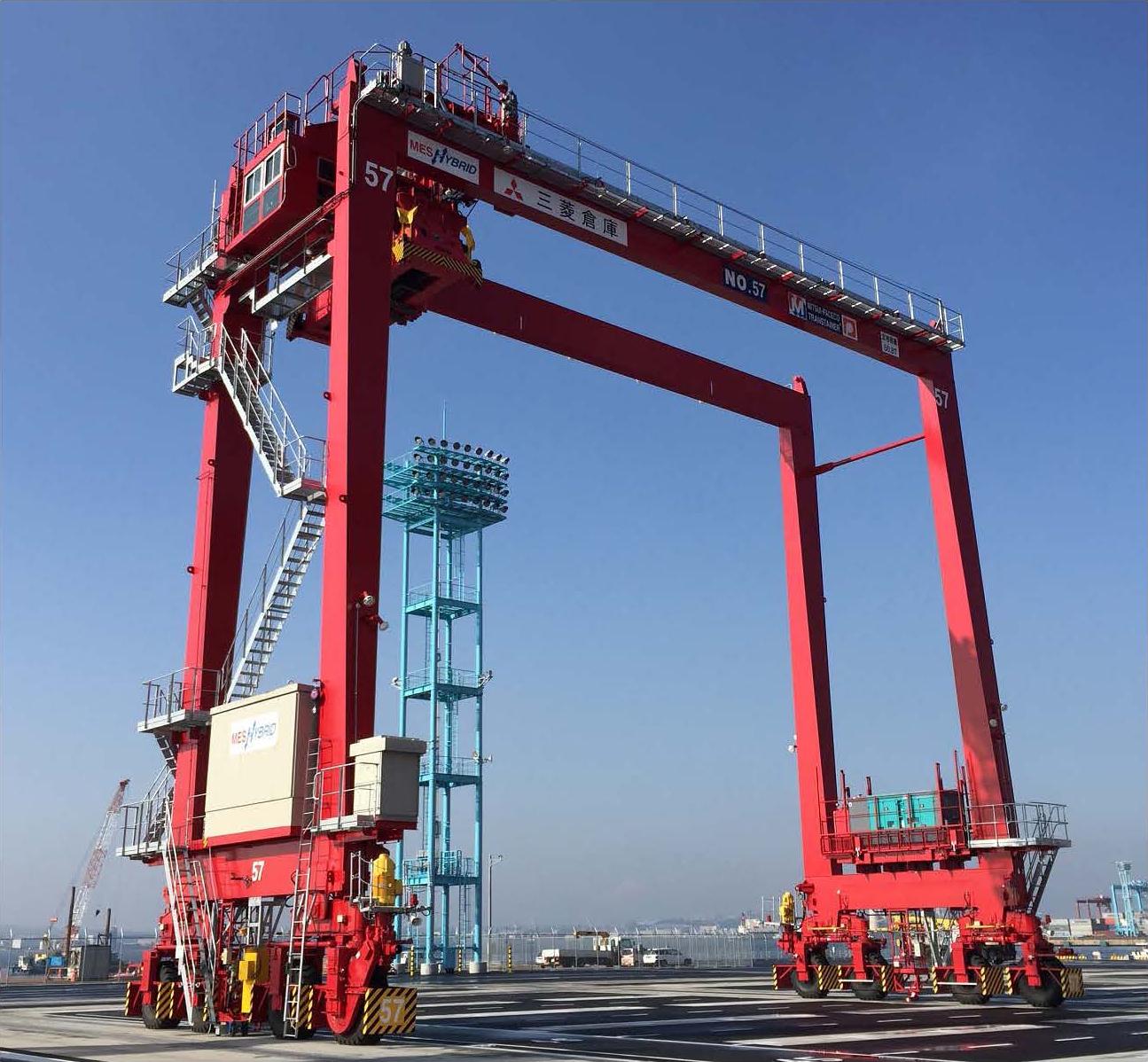International Container Terminal Services, Inc. has placed an order for 16 hybrid rubber-tyred gantry cranes for Manila International Container Terminal.
According to ICTSI, the US$22 million equipment purchase is part of the group’s US$80 million capital equipment programme for its flagship terminal. The first batch is scheduled for delivery in November 2018, with the remaining eight to be delivered by October 2019.

“The new RTGs will improve terminal efficiency and allow us to match demand in terms of operational performance,” said Christian R. Gonzalez, senior vice president of ICTSI and head of Asia Pacific and MICT. “Terminal utilization currently remains exceptional, and we see no signs of congestion despite the volume influx. Just as important is that we can expect a minimum 40% reduction in carbon emissions and up to 60% better fuel economy. A side benefit is that the smaller engines mean reduced noise levels at the yard.”
The cranes will be manufactured by Mitsui Engineering & Shipbuilding Co. Ltd. and use fuel-saving technology that combines 200kVA Li-ion batteries and a smaller diesel engine, resulting in lower carbon emissions and better fuel efficiency. They can stack one over five containers high and six containers wide, including truck roadway, and have a rated load of 40 metric tonnes.
ICTSI is also set to commission five additional quay cranes by 2019, including a pair of neo-Panamax cranes. Upon completion, MICT will become the only terminal in the Philippines capable of handling neo-Panamax ships with capacities of up to 13,000 TEUs.
“We are preparing for the era of super-sized ships,” Gonzalez said. “All the development we have in the pipeline will ensure MICT, the country’s premier container terminal, will be able to cope with the pressing demand and volume increase.”
MICT triggered a multi-billion-peso capacity improvement commitment with the Philippine Ports Authority in December 2016 when it reached its 2 millionth TEU move, requiring the commissioning of additional equipment and the construction of at least another berth by 2019, according to ICTSI.



